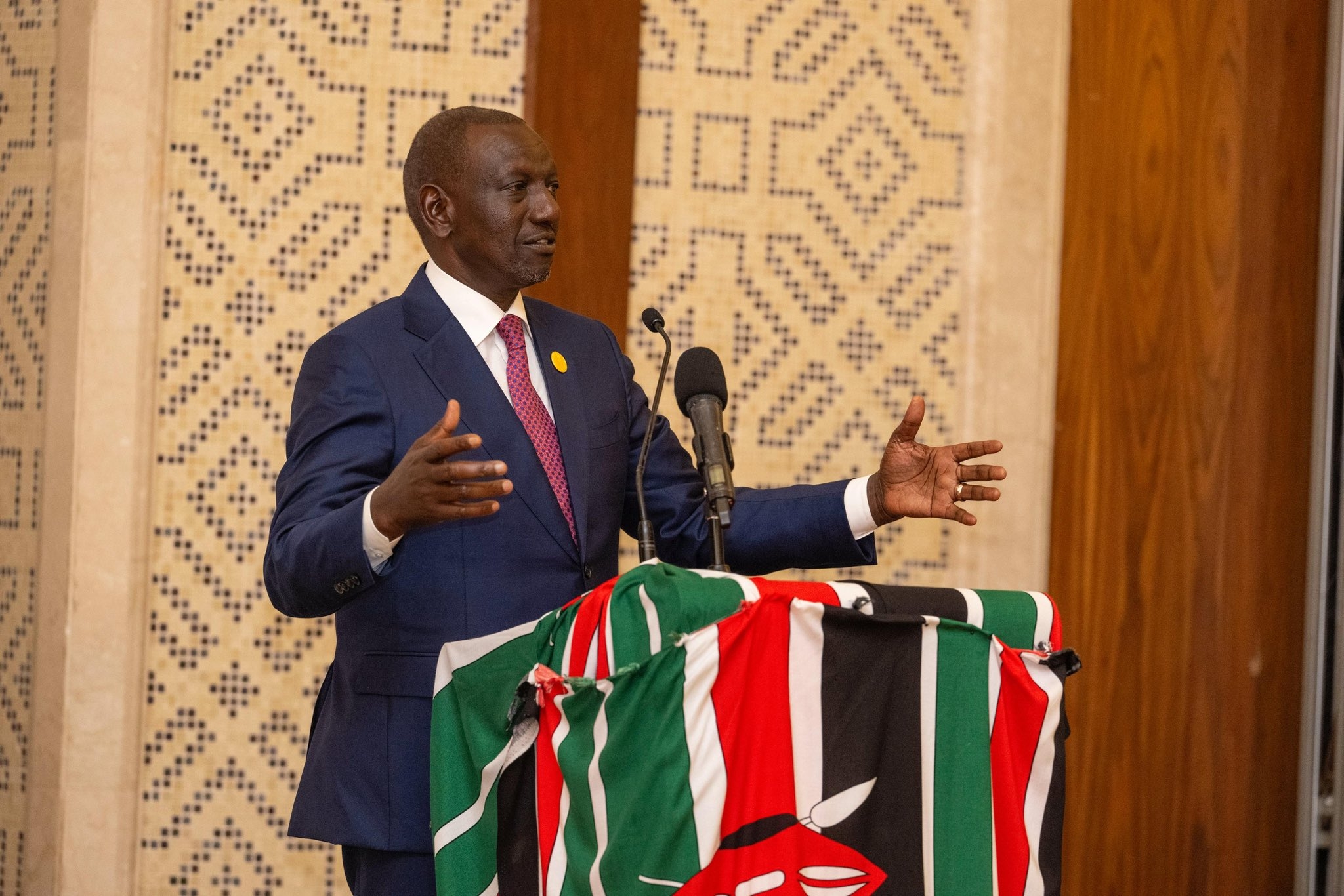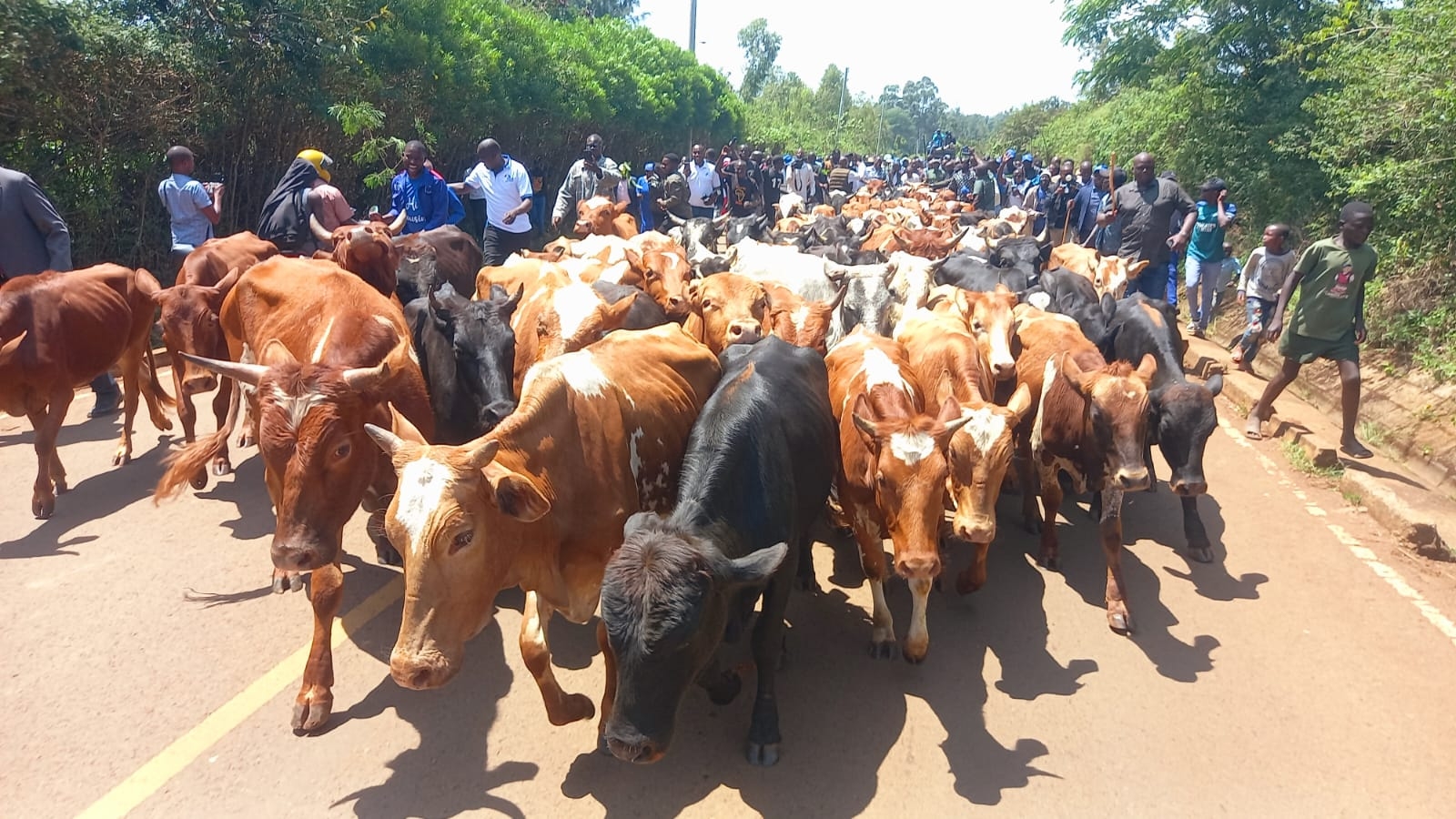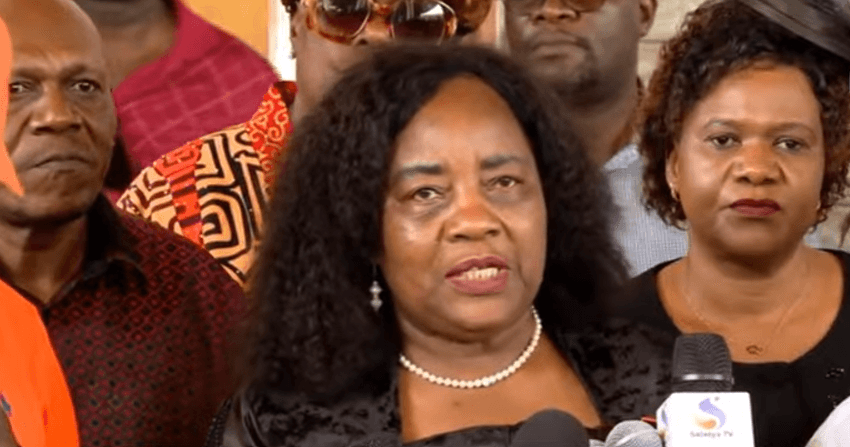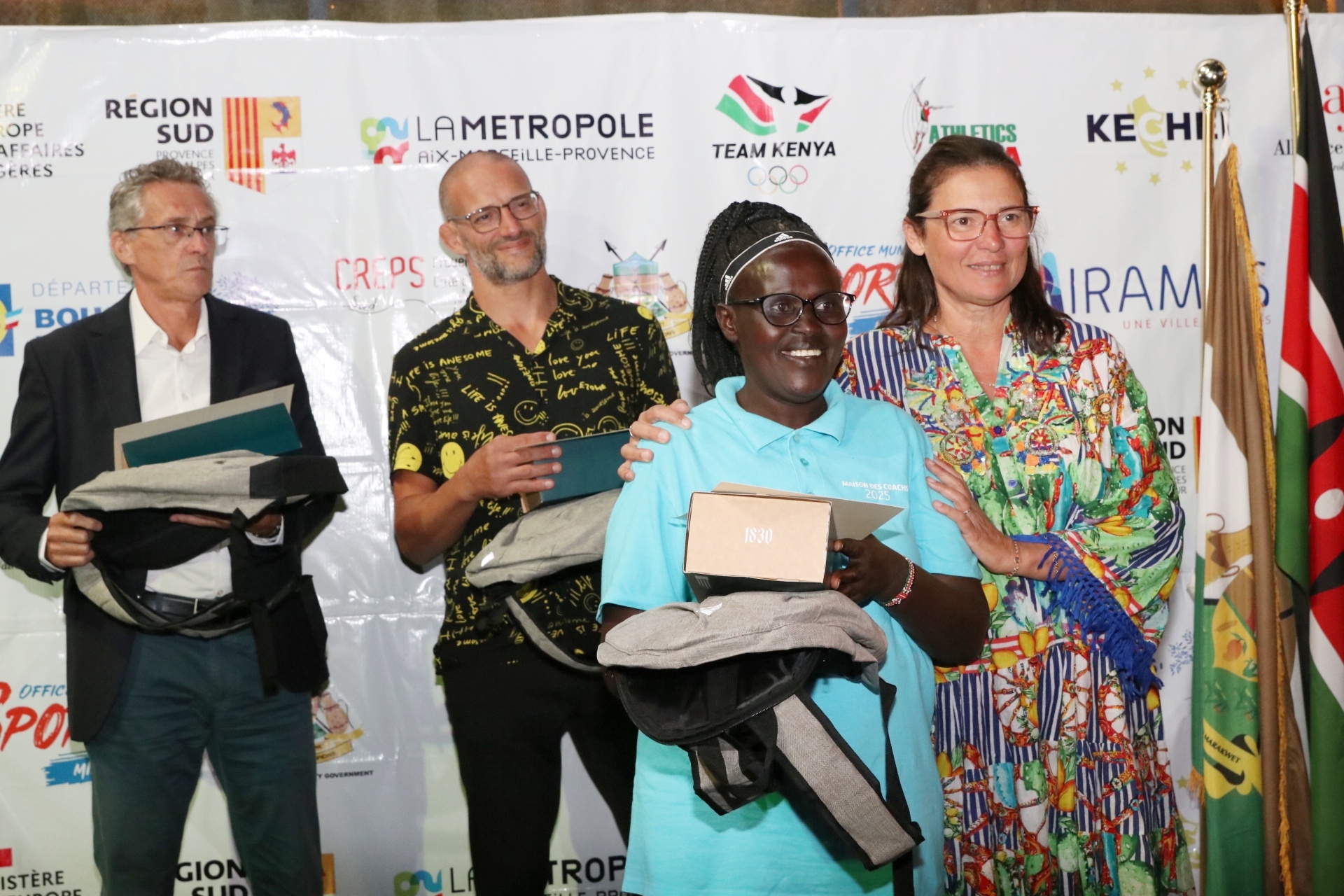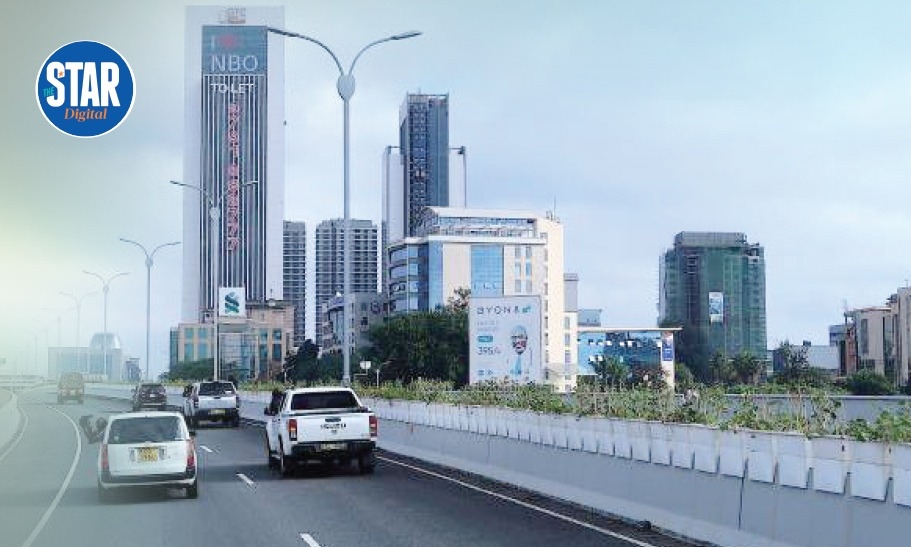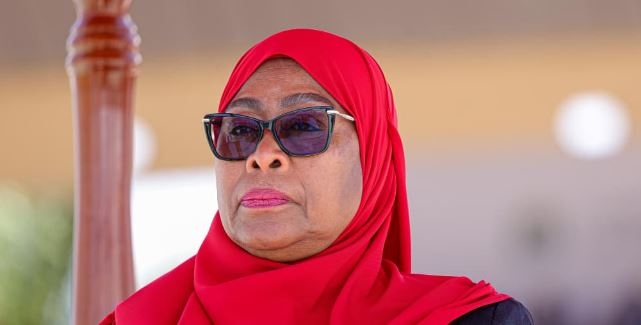
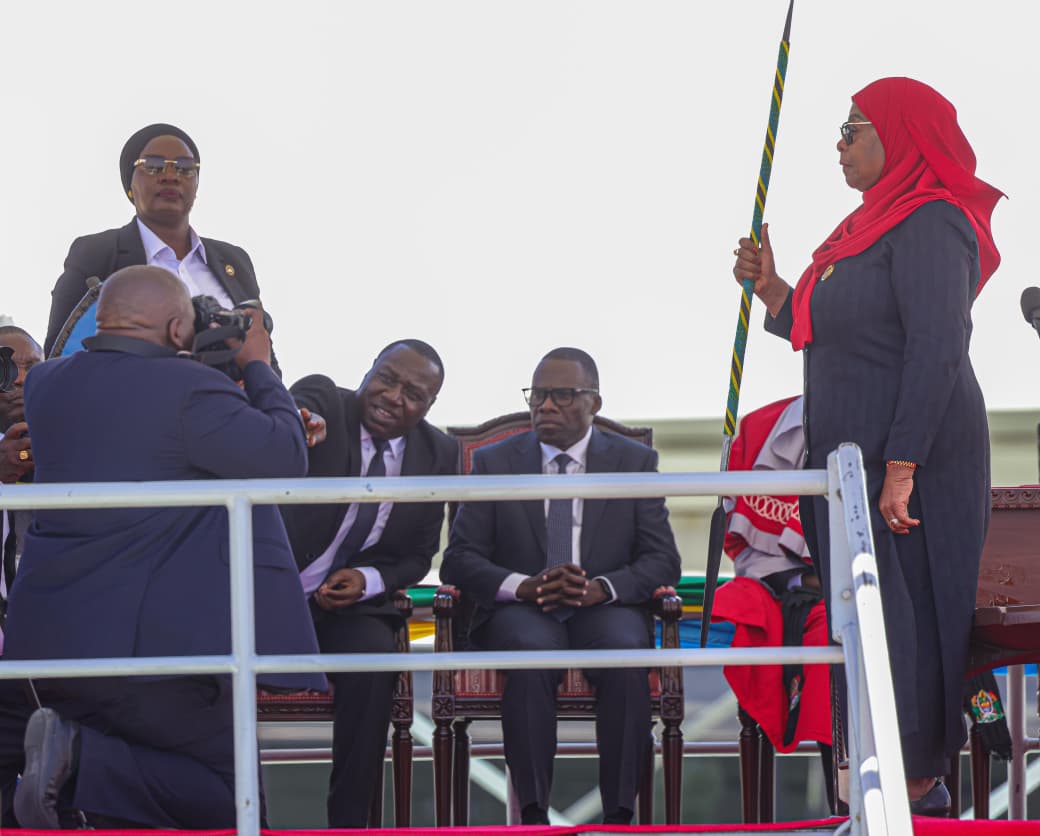 President Samia Suluhu during her swearing-in in Dodoma, Tanzania./DPCS
President Samia Suluhu during her swearing-in in Dodoma, Tanzania./DPCSWhen Samia Suluhu Hassan assumed the presidency of the United Republic of Tanzania in March 2021, it was under sombre circumstances.
The death of her predecessor, John Pombe Magufuli, thrust a relatively quiet individual into the nation’s highest office.
But what looked like a transitional finish to someone else’s journey has become a defining chapter of her own making, culminating this week in her sweeping October 29 election win and the controversy surrounding it.
Here is the story of how she arrived, what she has become, and why this moment matters. Born on January 27, 1960 in Makunduchi, Zanzibar, Samia Suluhu Hassan grew up in a milieu shaped by modest beginnings.
Her father was a schoolteacher, her mother a homemaker. After completing secondary schooling in 1977, she began her career as a clerk in Tanzania’s Ministry of Planning and Development.
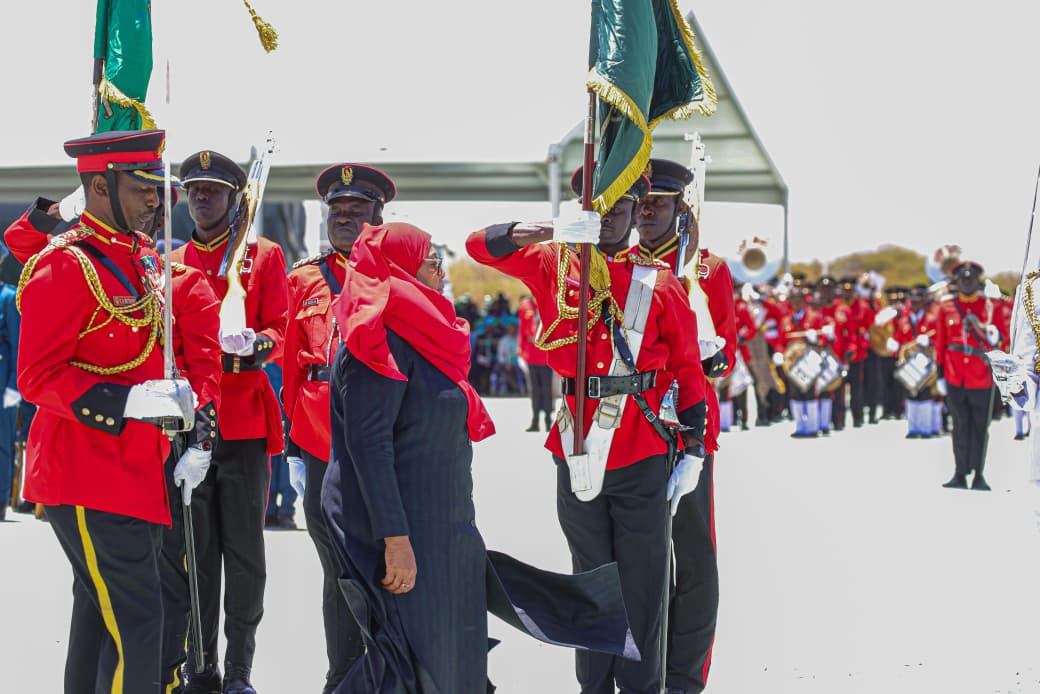 President Samia Suluhu during her swearing-in in Dodoma, Tanzania./DPCS
President Samia Suluhu during her swearing-in in Dodoma, Tanzania./DPCS
Her early political career commenced in Zanzibar’s regional government from around 2000, then to the Mainland Tanzania parliament as MP for Makunduchi (2010-2015).
She served as Minister of State in the Vice-President’s Office in charge of Union Affairs from 2010 to 2015, positioning her at the heart of a complex political terrain.
In 2015, she was selected as running mate to John Magufuli on the ticket of the ruling party Chama Cha Mapinduzi (CCM), became Tanzania’s first female Vice-President, and was re-elected in 2020.
Then came the turning point. On March 17, 2021 Magufuli died unexpectedly. Two days later (March 19), she was sworn in as the country’s first female President, the sixth President overall, inheriting a complex legacy.
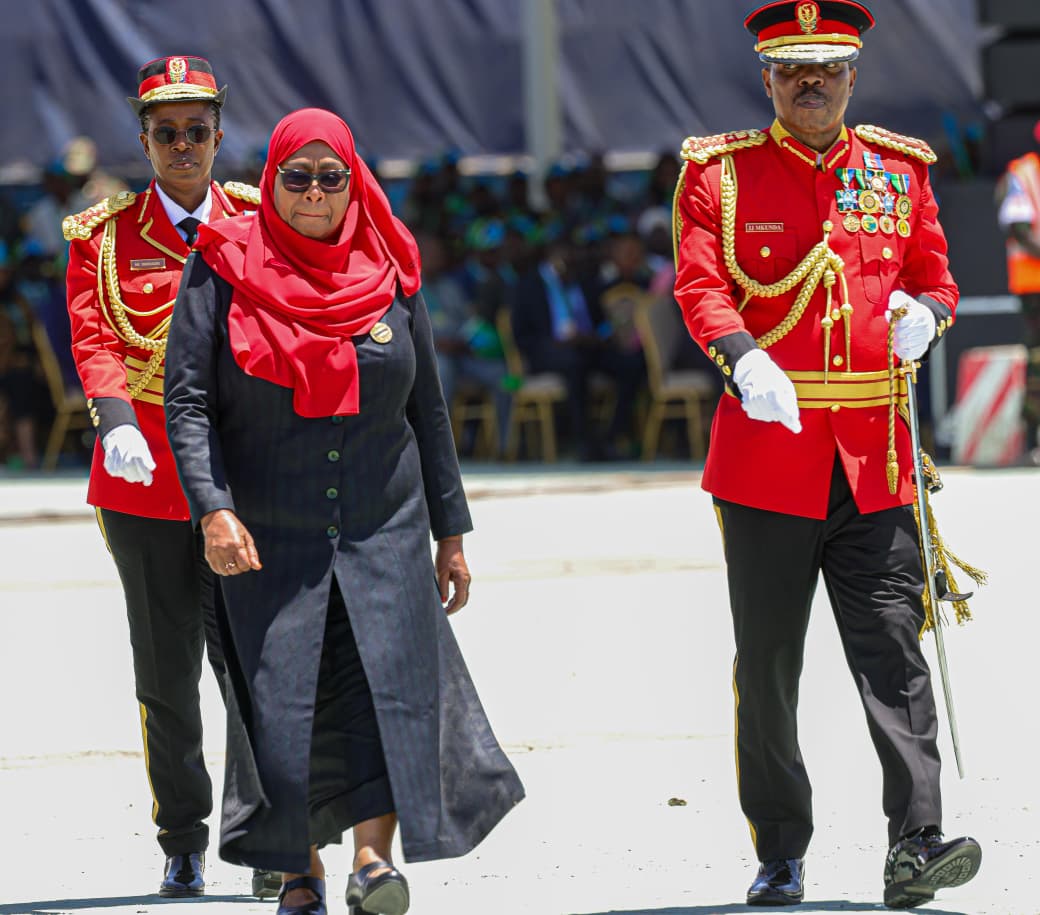 President Samia Suluhu during her swearing-in in Dodoma, Tanzania./DPCS
President Samia Suluhu during her swearing-in in Dodoma, Tanzania./DPCS
She moved carefully but deliberately- on the one hand signalling a break from certain hardline policies of Magufuli’s era, on the other retaining the dominance of CCM in Tanzanian politics.
Her leadership style indicated a blend of stability and opening, though underpinned by the system she inherited. International partners and investors responded positively, Tanzania under her early guidance began presenting itself as a stable, emerging investment hub in East Africa.
But domestically, the balance between liberalisation and control remained delicate. The October 2025 election, landslide and unrest. The week of October 29, 2025 changed the game.
Tanzania held general elections (presidential, parliamentary and local) and Samia Suluhu stood for a full term after finishing Magufuli’s tenure. Officially, she won with over 97 per cent of the vote, among the highest margins in the region. But the celebrations were shadowed by serious concerns..
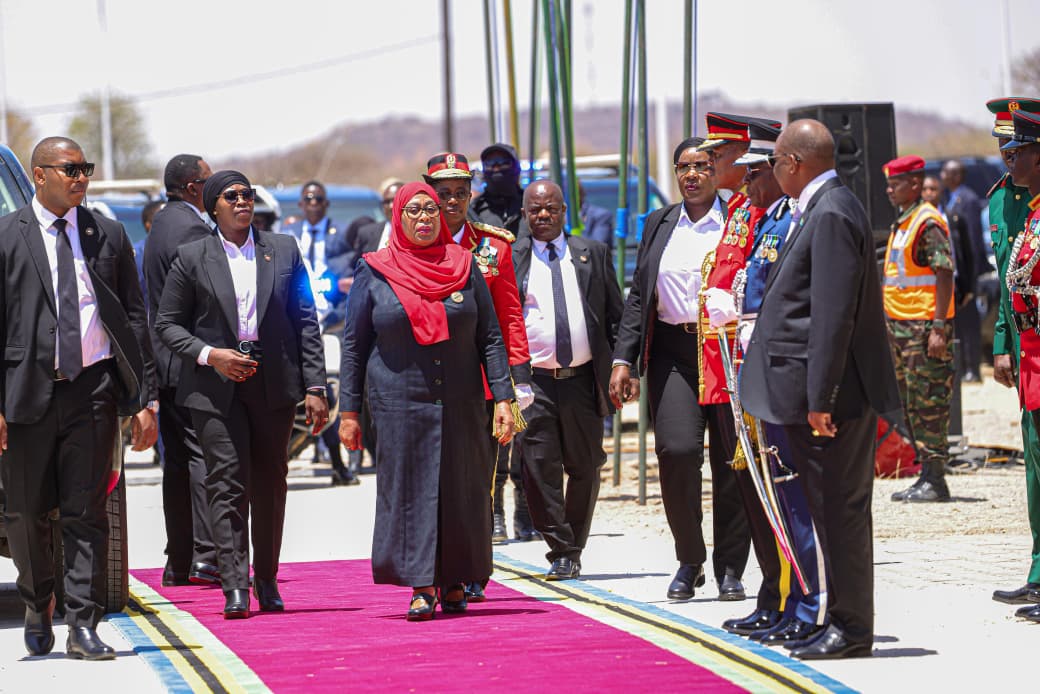 President Samia Suluhu during her swearing-in in Dodoma, Tanzania./DPCS
President Samia Suluhu during her swearing-in in Dodoma, Tanzania./DPCS
Major opposition parties were barred from meaningful participation, online platforms were shut down during sensitive phases, violent protests erupted in cities like Dar es Salaam and a heavy security presence was reported.
Chadema, the main opposition party, which was among those barred from running, rejected the results, branding the vote a “sham” and calling for new elections.
“These results have no basis in reality, as the truth is that no genuine election took place in Tanzania,” the party’s statement read.
In her swearing-in on November 3, 2025, she stressed the need to move on from conflict and emphasised national unity.
“Life must continue,” Suluhu said in her address.
She also condemned the protests witnessed in the country as violent and destructive.
"Our responsibility is to build our today to be better than our yesterday. I beg that we continue protecting our values of unity and collaboration," she said.
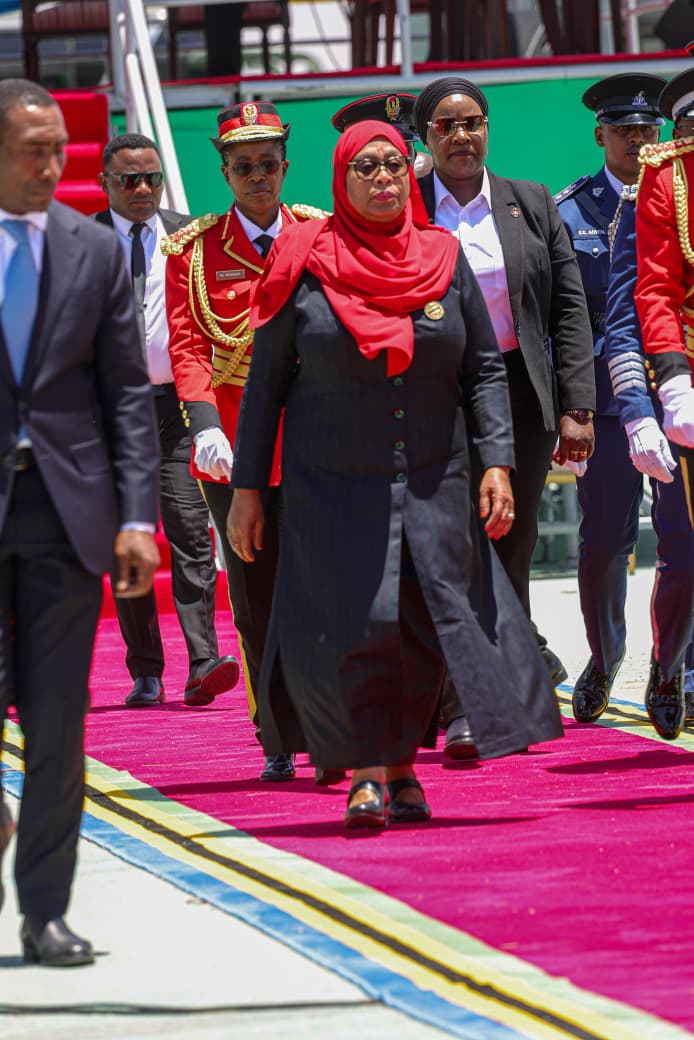 President Samia Suluhu during her swearing-in in Dodoma, Tanzania./DPCS
President Samia Suluhu during her swearing-in in Dodoma, Tanzania./DPCS
Suluhu’s story matters because it spans both old and new political dynamics in Tanzania and the region. As the country’s first female president, she represents a symbolic break in traditional gender norms, signalling a shift in East Africa’s political landscape.
She inherited a powerful ruling party and a strong state machinery, yet entered office with public hopes of reform, openness and a gentler, more consultative leadership style. This week’s election underscores how she has transitioned from inheriting power to firmly consolidating it.
The commanding victory margin and a visibly weakened opposition point to a re-shaped political terrain.
 President Samia Suluhu during her swearing-in in Dodoma, Tanzania./DPCS
President Samia Suluhu during her swearing-in in Dodoma, Tanzania./DPCS
At the same time, Tanzania under her leadership has positioned itself as a growing regional force, attracting investment, asserting its diplomatic voice, and strengthening economic and infrastructural linkages across the East African Community.
The leadership style and the tightrope Suluhu is often defined by her calm, measured approach, a stark contrast to the more outspoken and combative leaders who dominate regional politics.
Yet the post-election moment has also revealed a leader unafraid to exercise authority: securing unwavering party structures, keeping state institutions aligned, and responding swiftly to any signs of unrest.
Still, the tightrope she walks is unmistakable. Her resounding win, coupled with the sidelining of key opposition factions, has triggered concerns over democratic space and legitimacy.
Reports of curtailed freedoms and firm protest-control measures have sparked anxiety among civil society groups and international observers.
What lies ahead
 President Samia Suluhu during her swearing-in in Dodoma, Tanzania./DPCS
President Samia Suluhu during her swearing-in in Dodoma, Tanzania./DPCS
It also remains to be seen whether she will widen the political space after securing victory, or maintain a tightened grip on the opposition and civic freedoms, a decision that will shape Tanzania’s democratic trajectory and global perception.






